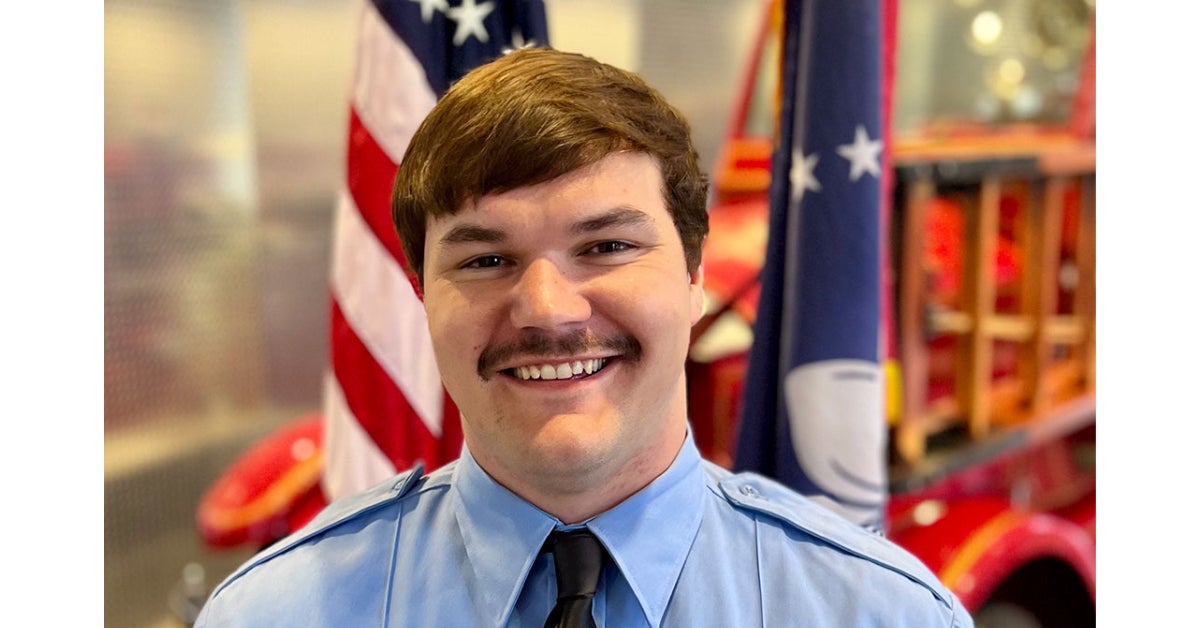Water returned to city’s doorstep 100 years ago
Published 12:00 am Monday, January 27, 2003
This is the first in a two-part series dealing with the 100-year anniversary of the completion of the dredging of the Yazoo Diversion Canal. The second installment will appear Monday.
Nearly 100 years ago, when Jan. 28, 1903, dawned, it was a big day for the City of Vicksburg. For the first time in 27 years, water was flowing past City Front, and the city again had a harbor that was usable by steamboats.
On a Thursday morning in 1876, just 100 years since the Untied States declared its independence and 14 years after Gen. U.S. Grant attempted to dig a canal to bypass Vicksburg, the Mississippi River changed its course and accomplished what the Union general could not.
At the time of the War Between the States and the Campaign and Siege of Vicksburg, the Mississippi River headed due east toward the high loess bluffs near Vicksburg. Before it reached the bluff near where the Isle of Capri Casino now floats, the river took a right angle turn to the north, flowed north for about 2.5 miles and then turned 180 degrees to flow in front of the city. The river’s meanderings formed what was called at the time Vicksburg Bend.
For many generations, Vicksburg had been one of the largest cities in the state and, in 1876, had reclaimed its place as a major economic center for West Central Mississippi. In its cotton-factory offices and commodity exchanges, the produce of a large part of the South Delta moved to market. Steamboats regularly huffing their way up and down the river stopped at City Front to load the agricultural products and unload merchandise to stock stores and supply the needs of the plantations that produced the wealth of the area. In short, Vicksburg was a busy and bustling river port.
Nature took its course
All of that began to change, however, on April 27, 1876, when what became known as the Centennial Cutoff happened.
It was widely known for many years that the Mississippi was in danger of cutting through the narrow neck of land at the southern part of DeSoto Point.
In the April 12, 1868, edition of the Vicksburg Daily Herald a letter to the editor written by someone identifying himself only as “An Old River Man” warned the citizenry of the impending disaster and suggested a possible way to prevent it. His solution was to sink lines of whole trees on the west side of the narrow neck to prevent further cutting.
In April 1876, Herald reporter Andy Conklin crossed the Mississippi by ferry to see what he could see.
“At 2 o’clock (the reporter) … saw the last barrier swept away, and an immense volume of water foaming across,” the Herald reported.
The newspaper noted the news was greeted in the city, not by great alarm, but with “a silent expression of pleasure that the end had finally come.”
Even though the cutoff had been, the effect on Vicksburg’s economy was not readily apparent. Steamboats could still make their way to City Front and cargoes could still reach and leave the city. It took a while for the problem to show up.
The author of “Of Men and Rivers,” a history of the Vicksburg District Corps of Engineers summed up the situation.
“Temporarily, Vicksburg still had access to the Mississippi through Lake Centennial, but the ends of this oxbow lake were rapidly silting. It was only a matter of time before the city would be completely stranded,” the author wrote.
A plan in hand
Following an appeal to the federal government and a study by the Engineer Department in 1877, the city employed civil engineer Thomas G. Dabney to make the surveys needed so the government’s engineers could make recommendations.
In June 1878, Congress appropriated the $84,000 the Board of Engineers requested for the first stage of the project. The resulting plan had four parts.
Stabilization of the river at Delta Point to prevent further movement of the river to the south.
A bar dike to prevent mud from filling Vicksburg’s harbor.
Dredging the former east channel to keep it open.
Finally, to divert the Yazoo River from its natural mouth upstream of Vicksburg to the north end of the former Vicksburg Bend so it would flow past City Front.
By the time the citizens of Vicksburg were able to sufficiently convince federal officials action was needed, there were really two problems, said Michael Logue, the public affairs officer for today’s Vicksburg District Corps of Engineers. One was the obvious, restoring the flow of water past the city. The second was not as well known today: sand and gravel discharged from the mouth of the Yazoo River, then about five miles upstream of where the Isle of Capri is today, had created a bar in the river’s mouth that made it difficult to get in and out of the Yazoo.
“This was probably one of our first multipurpose projects,” Logue said.
He said Maj. Joseph Willard, the Vicksburg District engineer from 1886 to 1899, saw he could accomplish two things with the diversion of the Yazoo River proposed by Dabney. The Yazoo could be attached to the Mississippi so the larger river could handle the extra sediment and the Yazoo’s flow could clean out and keep open what today is called the Yazoo Diversion Canal. That second reason was important because dredging, as it is today, was expensive.
Decision made
When the decision was made to dig the diversion canal, the District moved swiftly. Instead of getting an outside contractor to do the work, the District did it all itself using labor hired just for that purpose.
Essentially, the Corps started a dredge at the southern end of the east arm of the old Vicksburg Bend and began dredging northward. When the dredge reached the western side of the top of the bend, instead of turning south to go down the old river bed, it started cutting into the old river bank and headed northwest through essentially solid ground.
Even though today it is still easy to see, the area tends toward being a swamp or wetland. The dredges had to cut through six miles of soil to reach the Yazoo about a mile and three-quarters west of where Steele Bayou joins it.
According to an unattributed document in the files of the Old Court House Museum-Eva W. Davis Memorial, dredging began in January 1895 and continued until about the middle of 1898.
When finished the new canal, called Yazoo Lake today, was 300 feet from the top of one bank to the other and 100 feet wide at the bottom, which averaged about 25 feet below the surface of the water. When the work was complete, the Corps had moved about 5 3/4 million cubic yards of earth. The total cost of the project at the time was $1,250,000.
When the new canal was finally dedicated on Jan. 28, 1903, the City of Vicksburg went all out for the event.
The first part of the program was at the Walnut Street Theater with Murray F. Smith as the master of ceremonies. Among the honorees were Willard, who drew the plans and specifications for the monumental project, and Capt. C.L. Potter, under whose direction the project was completed.
After the program at the theater, the official party and others went to City Front where they boarded the government steamboats Florence and Columbia along with the privately owned steamboats Belle of the Bends, Sen. Cordill, Elk and Rees Pritchard and the tug Joe Seay and a barge. The flotilla headed north on the canal, turned into the Yazoo River, proceeded down that river to the Mississippi and then back up the canal to City Front.
The city rounded out the celebration with a fireworks show fired from Castle Hill that lasted an hour and a half.
Although much of the old bed of the Yazoo has silted in, there is still a portion easily visible today beside Mississippi 465 where the road parallels a levee.





